How Strategy Teams Can Use Claude 3.7’s Research Mode to Accelerate Insight (with Actionable, Decision-Driven Questions)
1. Introduction: The Challenge of Modern Strategy
Strategic planners, research analysts, and founders today face complex, high-stakes decisions with tight timelines. Finding clear, actionable insights from a sea of data is overwhelming—and often the bottleneck to execution.
Enter Claude 3.7’s Research Mode: a powerful AI tool designed to help you break down complexity, surface insights, and move faster from question to answer.
But here’s the secret: the quality of the input question determines the quality of the output.
This guide shows you how to craft layered and decision-oriented questions that unlock Claude’s full potential—so you can take action, not just collect more information.
2. Why Your Question Type Matters
Claude’s Research Mode isn’t a magic 8-ball—it’s a research assistant that thrives on structure. The more thoughtfully you frame your input, the better Claude can:
- Break complex problems into smaller subtasks (layered thinking)
- Focus results toward a decision or recommendation (decision-oriented output)
Let’s unpack these two key types of questions:
Layered Question:
A question with multiple variables or perspectives to explore, requiring stepwise analysis.
Example:
“What are the 3 most scalable ways for mid-market SaaS firms to reduce CAC in 2025?”
→ This question asks Claude to explore scalability, customer acquisition costs (CAC), mid-market SaaS context, and future trends (2025)—a layered, multi-dimensional problem.
Decision-Oriented Question:
A question explicitly designed to guide a choice or next step.
Example:
“Should we integrate a custom GPT model or use an off-the-shelf LLM for customer support automation?”
→ This prompts Claude to compare options, evaluate trade-offs, and move toward a recommendation.
Pro tip: The best questions are often both layered and decision-oriented—because real-world decisions rarely hinge on a single factor.
3. Step-by-Step: How to Use Claude’s Research Mode for Actionable Insights
Here’s how to leverage Claude 3.7’s Research Mode in your workflow:
Step 1: Open Claude and select Research Mode.
Start with the Research Mode interface—it’s designed for long-form, structured answers rather than chatty replies.
Step 2: Input a layered or decision-oriented question.
Use the definitions above to write a question that fits your goal:
- If you need exploration, write a layered question.
- If you need a decision, write a decision-oriented question.
- If you need both, stack the dimensions and include a clear decision point.
Template to follow:
“What are the [top 3-5] [solutions/strategies/options] for [specific group] to achieve [specific goal] in [timeframe], considering [key variables or constraints]?”
Example refined question:
“What are the 3 most cost-effective and scalable strategies mid-market SaaS companies can implement in 2025 to lower CAC, while maintaining churn under 5%?”
The specificity here helps Claude break the problem into relevant sub-questions.
Step 3: (Optional) Upload internal documents or connect Google Workspace.
If you want Claude to incorporate proprietary data (like internal market research, strategy decks, or customer data), upload documents or connect your workspace.
→ This step lets Claude blend trusted internal knowledge with public data for more tailored insights.
Step 4: Let Claude run the sub-queries, fetch data, and generate a structured, cited response.
Claude automatically:
- Deconstructs your layered question into sub-questions
- Finds relevant, cited sources
- Builds a coherent, organized report (with citations inline)
Think of it as delegating the initial research sprint to a capable analyst.
Step 5: Review, refine, and take action.
Claude’s report is a first draft—review the outputs for:
- Accuracy
- Context fit
- Alignment with your goals
From here, you can add executive framing, adjust priorities, or directly plug outputs into your strategy decks.
4. Building Repeatable Research Workflows
At Spark AI Strategy, we help strategy teams go beyond ad-hoc prompts by:
- Designing “intelligent question templates”—reusable input structures tailored to your industry and goals
- Setting up secure AI governance so internal data stays protected
- Training teams to iterate outputs into action plans faster
The result? Leaders spend less time collecting information—and more time acting on it.
Ready to build a more scalable research engine for your team? Learn more at sparkaistrategy.com.
5. Conclusion: Empowering Strategic Action with AI
Claude 3.7’s Research Mode isn’t just about faster answers—it’s about better questions leading to faster decisions.
By crafting layered, decision-oriented questions, you empower Claude to work like a junior strategist—delivering structured, actionable insights that move your strategy forward.
Whether you’re tackling growth, market shifts, or innovation bets, the way you ask the question is the unlock.
Sources:
How Can AI Help Address AI Carbon Emissions in Data Centers?
The most promising new weapon against climate change might not be a policy or regulation, but an AI-
Powering the Future of CRE: AI Data Center Boom Ignites New Opportunities in Commercial Real Estate
The relentless march of artificial intelligence is not only reshaping industries but also creating e
Claude’s New Web Search Can Supercharge Your Coding Workflow!
Developers are constantly faced with challenges that require quick access to accurate, up-to-date in




